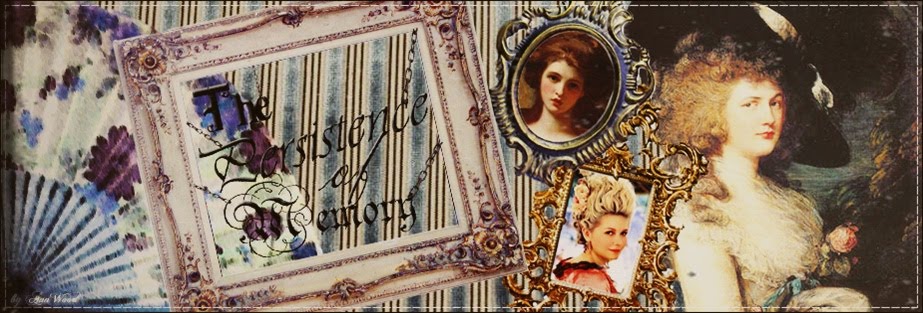
When King Manuel found himself widowed for the second time, he set his eyes on Leonor of Habsburg, sister of Charles V (who would in a few years become his son-in-law). The marriage didn't have much to do with leaving an heir to the throne, since his second wife, Mary of Aragon (older sister of Katherine of Aragon) had given him a grand total of ten children!
In 1518, Manuel was, at the age of fifty, far from the handsome and athletic king he had been in his youth. But the marriage with the twenty-year old Leonor went forward anyway, and on the 18th of February of 1520, a little infante was born. The infante lived only for a year, and two months after his death it was an infanta's turn to come to the world.
Enter Maria, of the House of Avis, born on the 8th of June of 1521 and baptised with great pomp. That was all nice and good, but six months after her birth the old King Manuel past away and succeded him her older brother by ninteen years, João III When she was two years old, her mother, the Queen, left her in Lisbon to marry the widowed Francis I.
Her education was astounding for a woman, and she is to this day, known as the most educated of the portuguese infantas and a famed humanist. There was, however some bad blood between her mother and her.
Speaking of mothers, the now Queen of France makes an appearance. The marriage of the Infanta Maria of Portugal and François, Dauphin of France, was being arranged with the support of the Queen.
At the age of fifteen, Maria was a renowned beauty, with a pale complexion and clear blue eyes. The groom to-be had once been a bright, happy child, but after being imprisioned by her brother-in-law Charles V, he had grown into a somber and solitary youth wih a penchant for black clothes. The 16th century Goth, if you will.
Not that it would have made much of a difference, because shortly after arriving in France, the Dauphin promptly keeled over and died. She stayed for a while at the French Court and plans were entertained to marry her off to Phillip II of Spain, who was not only 6-years her junior, but also her cousin, nephew and future brother-in-law.
Thankfully for Maria, that didn't come to pass. The Spanish had their eyes set on the Catholic daughter of Henry VIII of England, Mary Tudor.
We all know how that turned out.
Maria took it in stride and returned to Portugal where her bother gave her her own Household and made her Duchess of Viseu. Her palace was made into a sort of female university, where the greatest minds of the time would converge.
She made a name of herself as a patron of the arts. A few rumours were bound to follow someone like that, the most famous of them involve an affair with Portugal' greatest poet of all times, Luís de Camões, whom she entertained at her court.
She died a happy spinster and the richest woman of Christendom, in October 10th of 1577, at the age of 56, and was buried in the chapel she had built, the Chapel Of Our Lady Of The Light in Benfica, Lisbon.


